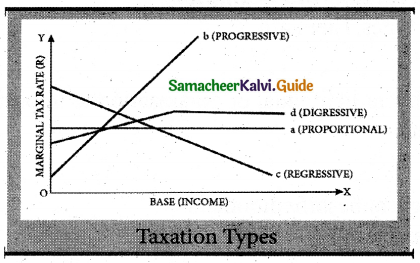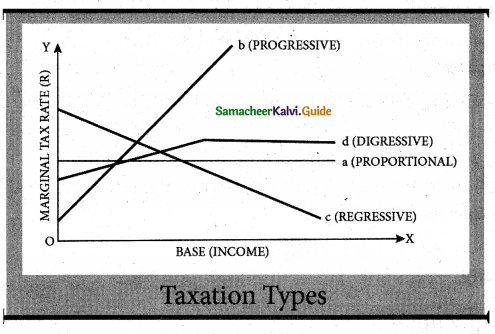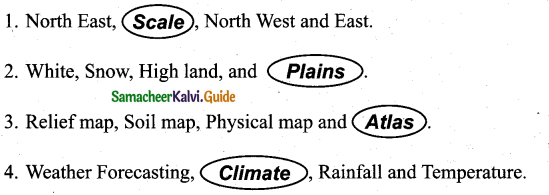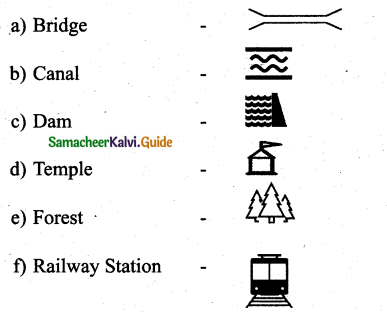Subject Matter Experts at SamacheerKalvi.Guide have created Tamil Nadu State Board Samacheer Kalvi 7th English Book Answers Solutions Guide Pdf Free Download are part of Samacheer Kalvi 7th Books Solutions.
Let us look at these TN State Board New Syllabus Samacheer Kalvi 7th Std English Guide Pdf of Text Book Back Questions and Answers Term 1, 2, 3, Chapter Wise Important Questions, Study Material, Question Bank, Notes, and revise our understanding of the subject.
Samacheer Kalvi 7th English Book Solutions Guide Pdf Free Download
Tamilnadu State Board Samacheer Kalvi 7th English Book Back Answers Solutions Guide Term 1, 2, 3.
Samacheer Kalvi 7th English Book Back Answers
Samacheer Kalvi 7th English Book Solutions Term 1
Samacheer Kalvi 7th English Prose
Samacheer Kalvi 7th English Poem
Samacheer Kalvi 7th English Supplementary
Samacheer Kalvi 7th English Book Solutions Term 2
Samacheer Kalvi 7th English Prose
Samacheer Kalvi 7th English Poem
Samacheer Kalvi 7th English Supplementary
Samacheer Kalvi 7th English Book Solutions Term 3
Samacheer Kalvi 7th English Prose
Samacheer Kalvi 7th English Poem
Samacheer Kalvi 7th English Supplementary
Samacheer Kalvi 7th English Play
We hope these Tamilnadu State Board Samacheer Kalvi Class 7th English Book Solutions Answers Guide Pdf Free Download will help you get through your subjective questions in the exam.
Let us know if you have any concerns regarding TN State Board New Syllabus Samacheer Kalvi 7th Standard English Guide Pdf of Text Book Back Questions and Answers, Chapter Wise Important Questions, Study Material, Question Bank, Notes, drop a comment below and we will get back to you as soon as possible.



